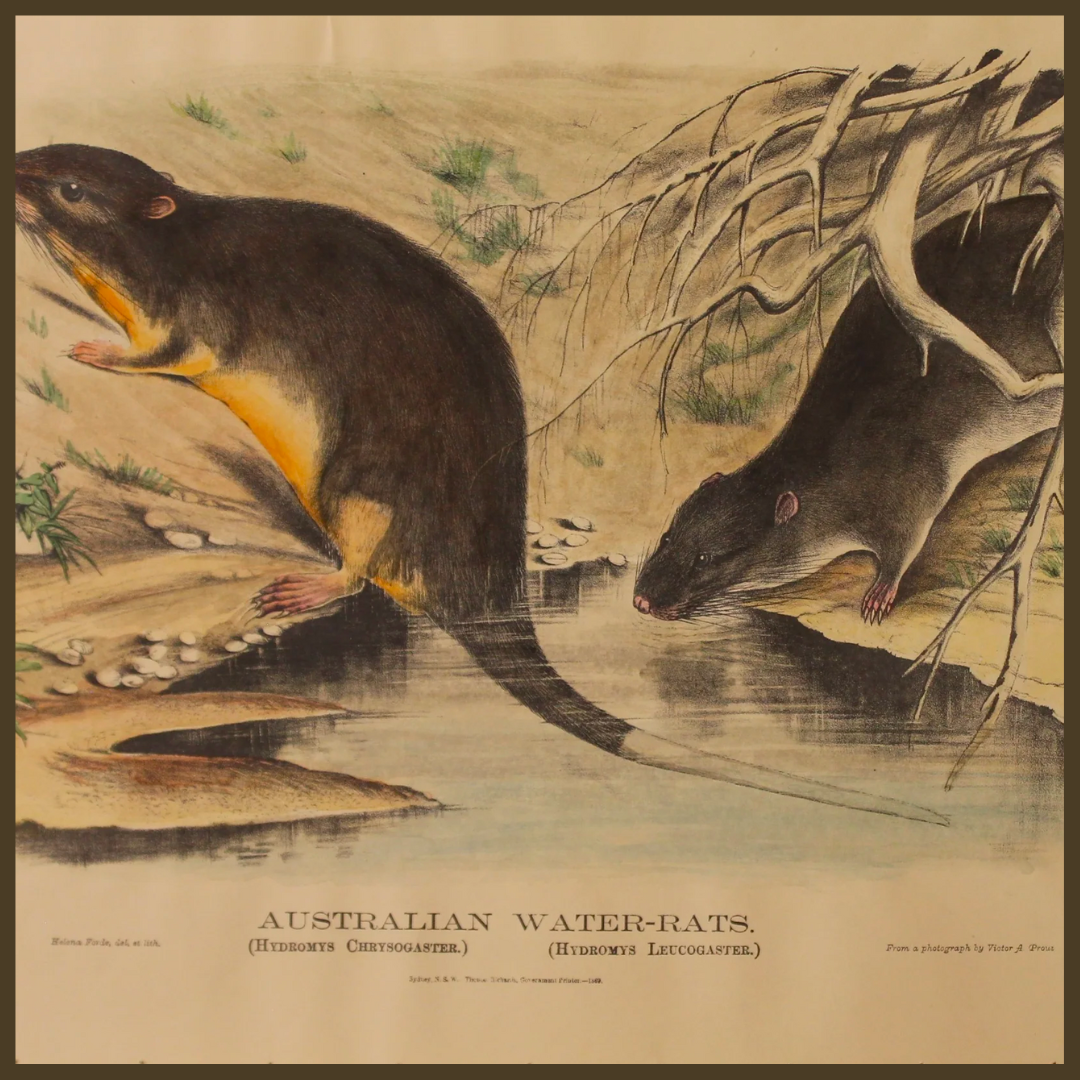
BIOGRAPHY OF JOHANN WILHELM WEINMANN
Share
Johann Wilhelm Weinmann (13 March 1683 Gardelegen, Germany – 1741), was the son of a barber who later became an apothecary and botanist. In his early life he moved to Rosensburg in 1710 where he secured work as an assistant to an apothecary from whom he learnt his trade.
He is most well known for his creation of the florilegium, Phytanthoza Iconographia delivered between 1737 and 1745. This was a very ambitious project which resulted in eight folio volumes with more than 1,000 hand-coloured engravings of several thousand plants. It was a comprehensive floralegia depicting plants, trees, fruit, herbs, nuts, vegetables and succulents. It was one of the most significant illustrated botanical works of the 18th Century. It was also one of the first botanical works to use colour printing from a single plate. As an avid botanist, this florilegium was based on Weinemann’s own collection of plants.
In just 2 years, Weinmann prospered well enough in Regensburg, that he was able to purchase a house and apothecary shop in 1712.
His wife, Isabella Catharina Fürst, was the daughter of an affluent wine merchant. In 1732, shortly after the death of Isabella, he was married again to Christine Catharina Pfaffenreuther, daughter of a town official. His business acumen was such that he was able to purchase an apothecary which had gone bankrupt, and turn it into a profitable business
Weinmann as very ambitious. After his first marriage, he became embroiled in a drawn-out dispute with local apothecaries and physicians, brought about by his appointment in 1713 as Hospital Apothecary. The dispute was only resolved in 1715 with the intervention of the Town Council. Weinmann was reprimanded and his adversaries were instructed not to trouble him. Weinmann soon resumed his successful career, becoming a town councillor in 1722, a commercial assessor in 1725, and a city assessor in 1733. His business interests flourished, allowing him the freedom to indulge in his pursuit of botany. He created a botanical garden in Regensburg, published the Catalogus Alphabetico ordine exhibens Pharmaca in 1723 and contributed botanical notes as "Observationes und Anmerkungen" in the "Breslauer Sammlungen".
As his business grew, Weinmann employed the youthful Georg Dionysius Ehret as illustrator who used a newly developed printing process involving mezzotint, which allowed greater detail and shading, and was finished by hand-colouring.
Because Phytanthoza Iconographia was to become Ehret's first published work, he set about the project with great enthusiasm which soon faded. After the first 500 plates, Ehret realised that he was receiving a miserly payment from Weinmann and soon found new employment copying plates, while being able to produce other paintings independently. Today, Ehret is himself as famous as Weinmann.
Johann Georg Nicolaus Dieterichs (1681–1737) wrote the botanical text for the first twenty-five plates, and was succeeded by his son Ludwig Michael Dieterichs (1716–1747). The work was completed after Weinmann's death by Ambrosius Karl Bieler (1693–1747).
Phytanthoza Iconographia is highly regarded for the quality of its colour plates, and the accuracy of its images compared with previous herbals. Weinmann was greatly respected for his writings on medicinal plants and herbs, and Phytanthoza Iconographia is recognised as the first important botanical work to use colour engraved prints.
References: https://en.wikipedia.org/wiki/Johann_Wilhelm_Weinmann



